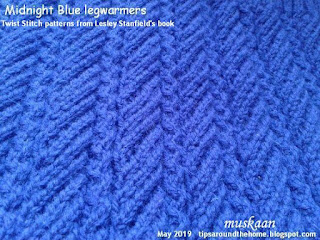a happy design accident
Remember
the butterfly that wished to become pretty and my dear tatter friends obliged? And
the subsequent Butterfly edging? The origins of that pattern accidentally emerged from this 2018 Design Round Robin (DRR) doily …. Read on.
HEXAFLOWER
Design Round Robin 2018 , Craftree
Coretta Loughmiller designed the center or Round 1 of the Hexaflower doily. Notice how
the small rings are left unattached! I love the shape of the inner rings despite the
fact that mine didn’t turn out as neatly as hers. They are mock rings made with
a shuttle & ball.
TIP: Working with 2 shuttles, ctm, I threw the central ring from 1st mock ring, making a mock picot.
Worked in Anchor size 40.
TIP: Working with 2 shuttles, ctm, I threw the central ring from 1st mock ring, making a mock picot.
Worked in Anchor size 40.
I
was next in line. These are my various trials (with numerous elemental tweaks) trying to get a design going. I
had intended to work an all-white doily. But the thread didn’t agree with me
and I switched to the yellow above.
I
got valuable feedback & suggestions/insight from Craftreans which finally
led to this. Notice that I did Not set out to incorporate butterflies. But as I
tweaked the count during trials, the butterfly emerged. I’ve
already shared my tips here on how the colours were switched to highlight shape.
The orange chains (worked in 2 strands of embroidery thread, but yellow size 40 core) were added to anchor the free rings.
TIP : Kathleen made a lovely variation by joining directly on the central ring to look like stamens.
The orange chains (worked in 2 strands of embroidery thread, but yellow size 40 core) were added to anchor the free rings.
TIP : Kathleen made a lovely variation by joining directly on the central ring to look like stamens.
This beautiful 3rd round was designed by Tim Kaylor. Clever use of split
rings!
Considering it’s shape, I chose to continue with yellow so that the piece looks like a large flower.
Considering it’s shape, I chose to continue with yellow so that the piece looks like a large flower.
Kathleen
Minniti designed the final round. A bit of denseness to hold down the openness
of the previous round. Well, in my version, it is perfect as foliage. A sober shade of green keeps the focus on the flower.
Final measurement in size 40 - 4½”.
Techniques used : mock rings, lock join, split rings, colour placement.
Techniques used : mock rings, lock join, split rings, colour placement.
As seen from the back. Inward facing chains topped with a ring for calyx.
All except Tim's round can be tatted with single shuttle and ball.
I’m very happy with the way this floral story in tatted lace developed, doing justice to it’s name.
All except Tim's round can be tatted with single shuttle and ball.
I’m very happy with the way this floral story in tatted lace developed, doing justice to it’s name.
In
size 20, the doily measures 5½”. Considering it is small, Coretta has designed another
round. I am waiting to see how it develops and will participate only if I think
the flower story can continue.
The
pattern is free to share. However, since it is not ‘cleaned up’, for now it is accessible only within Craftree. Hopefully Coretta will convert it into a pdf soon.
UPDATE (July 2019) : The pattern link is shared, though still unedited, and you are invited to continue the design round robin. You can contact Coretta on facebook, Craftree, or her blog.
UPDATE (July 2019) : The pattern link is shared, though still unedited, and you are invited to continue the design round robin. You can contact Coretta on facebook, Craftree, or her blog.
Related
Posts

















































